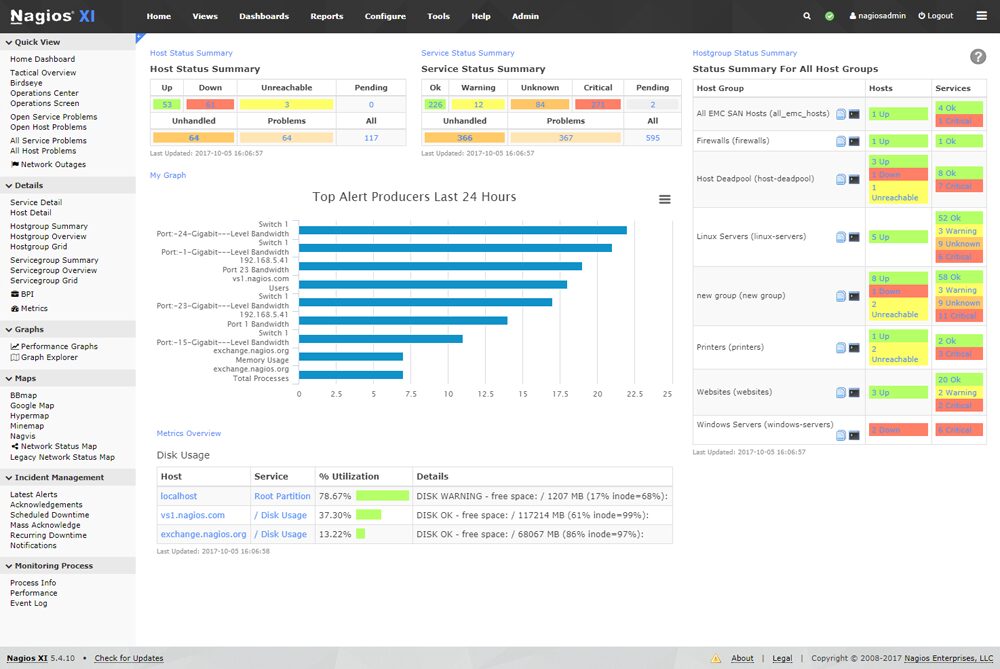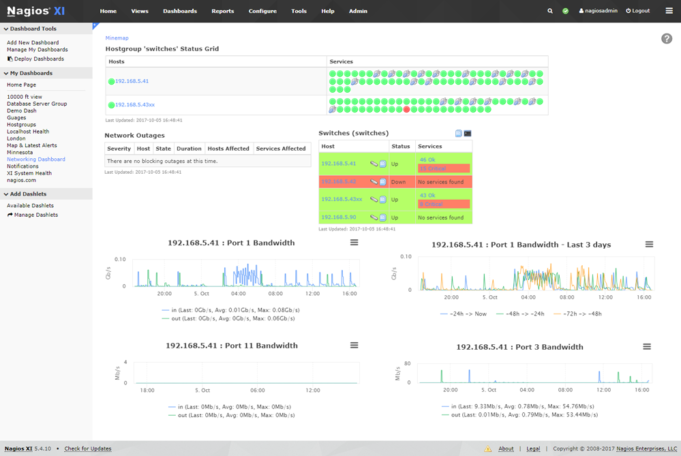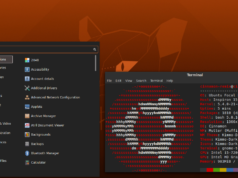Network monitoring is one of the more important jobs in an enterprise. Nagios is an open-source network monitoring tool through which you can monitor your network in a very easy way. For more information about Nagios visit http://www.nagios.org. The Nagios project is launched under the GPL. Since Ubuntu is a widely used distro these days, we will show you how to run this great tool on an Ubuntu machine. We are going to install Nagios core version 3.2.0. I am using Ubuntu 10.04 32 bit desktop edition. You need to have Apache web server installed to run Nagios on your system.
- To start with open up your Synaptic Package Manager and search there for “nagios” (without quotes) .
- Mark the nagios3, nagios- plugins and nagios-plugins-extra for installation.
- Click apply to install. That’s it. It will install Nagios3 automatically.
To check its version on your machine run the command
nagios3 –version.
Running Nagios3 on the server
After the installation, the next job is to run this tool on your server. You can do this by starting the nagios3 first. You can do that by typing
sudo /etc/init.d/nagios3 start
on your terminal screen.
This command would have started the nagios3 tool.
Now to run, open up your browser and type there
http://address_to_server/nagios3. Like I am running this tool on my own localhost so I will write the url as http://localhost/nagios3. You will see something like the below figure and left navigation that will include all of the links you need to monitor your network. By default, nagios3 will see only two hosts: localhost and default gateway.

Adding Accounts
You will be asked for the authentication before getting into the above screen. You can create/add user in nagios3 by typing-
sudo htpasswd -c /etc/nagios3/htpasswd.users ankur
where ankur is the username.

After the user gets added in the configuration file,type in the authentication column the desired username and password. You will get the welcome Nagios page.
The only problem of the Nagios is that you have to include the connected IP’s manually (means you have to enter the configuration of the every single IP on the network manually). Its completely worth to spend time on manual set up because once you are done with that, it works like magic. For more details and documentation on Nagios visit http://www.nagios.org/ .







